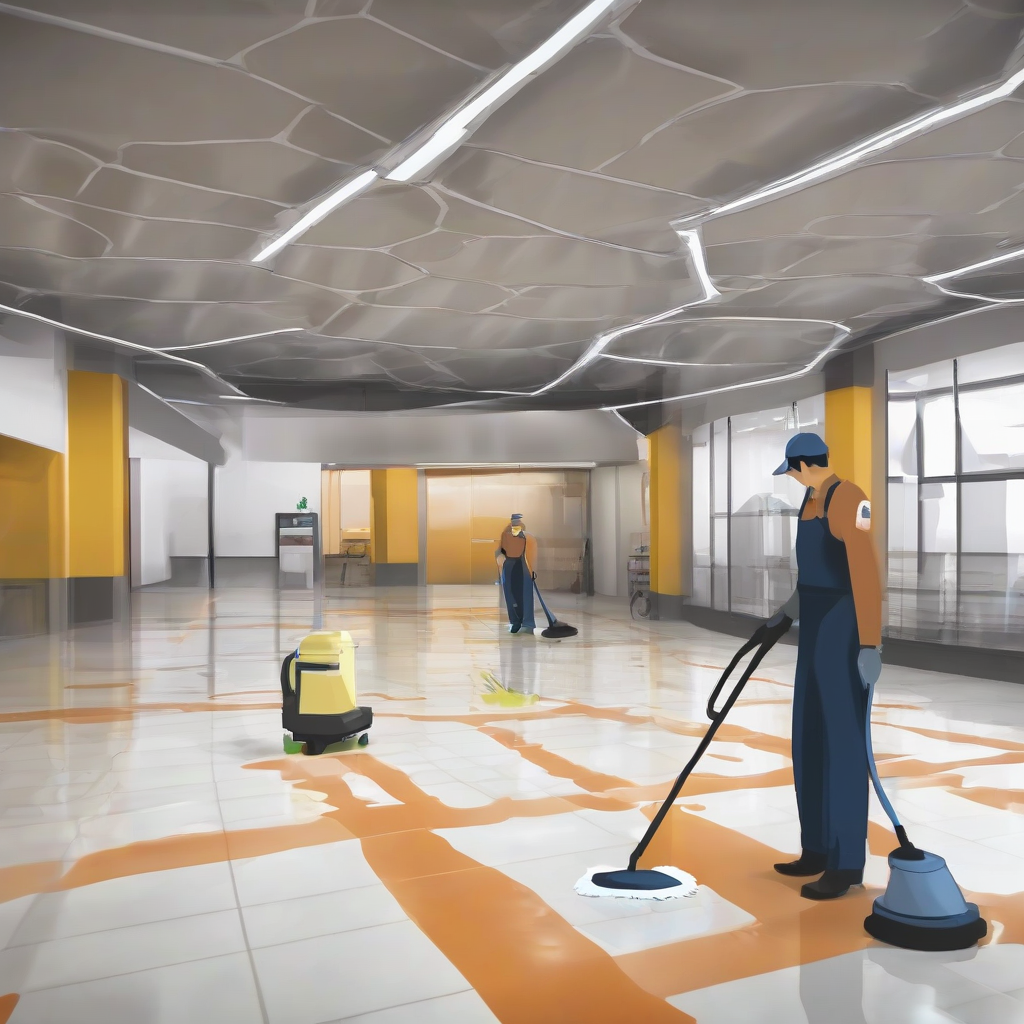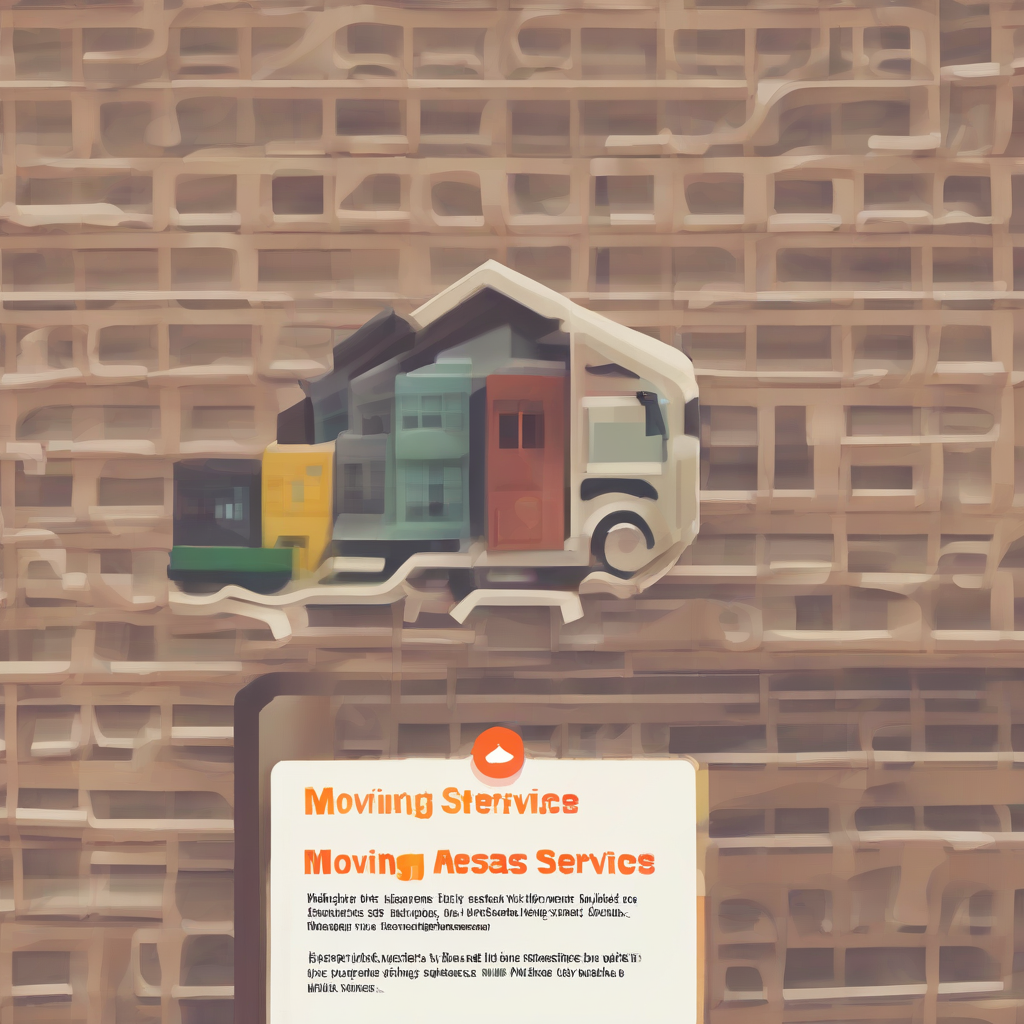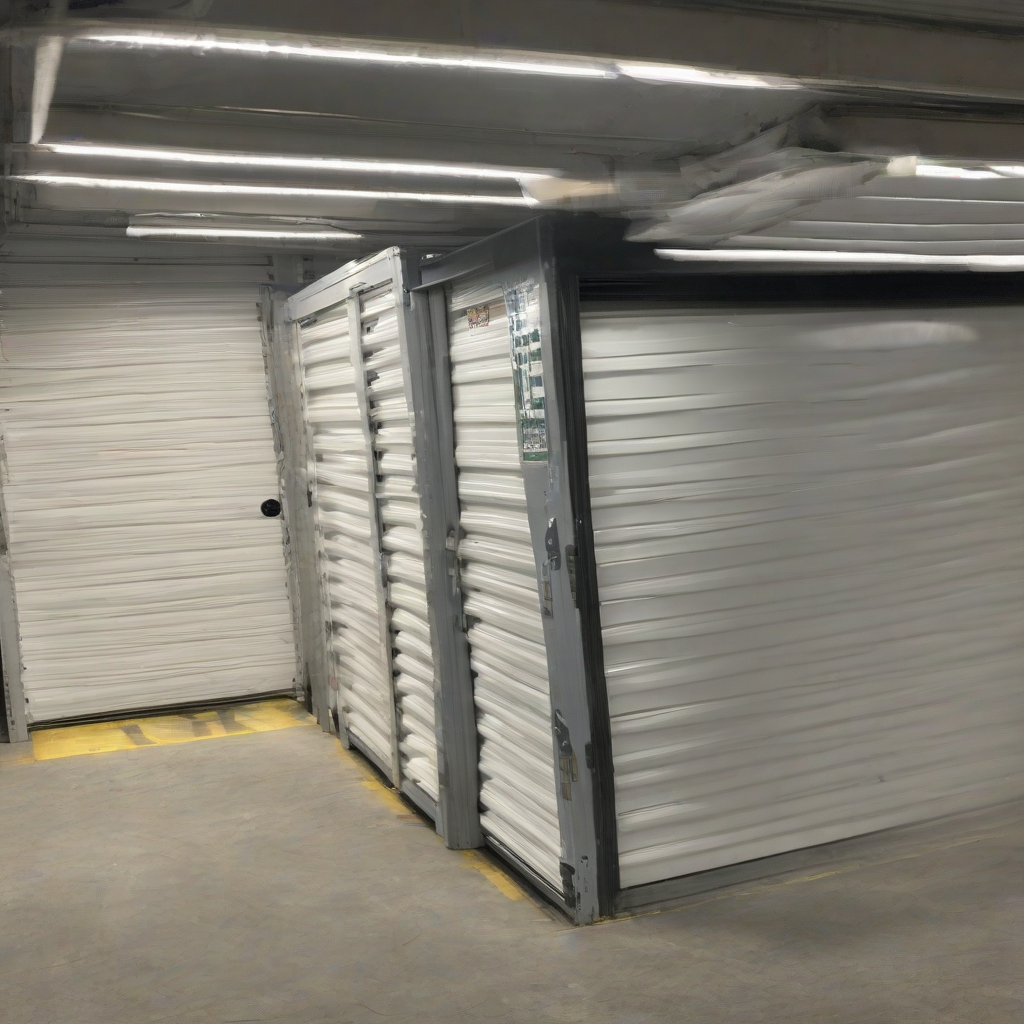Your Ultimate Guide to Finding the Perfect Storage Facility Near You

Finding the Perfect Storage Facility Near You: A Comprehensive Guide
Finding reliable storage near you can feel overwhelming. With so many options available, how do you choose the right one for your needs? This comprehensive guide will walk you through the essential steps to find the perfect storage facility, ensuring your belongings are safe, secure, and easily accessible.
1. Defining Your Storage Needs
- Determine the size you need: Measure your items carefully. Consider using online storage size calculators to estimate the space required. Common sizes include 5x5, 5x10, 10x10, and larger units. Don't underestimate the space you'll need. It's better to have a slightly larger unit than to run out of room.
- Assess the type of items you're storing: Are you storing furniture, documents, seasonal items, or something else? This will influence your choice of unit type (climate-controlled, standard, etc.). Climate-controlled units are essential for sensitive items like electronics, artwork, and furniture.
- Determine your storage timeframe: Short-term or long-term storage will impact pricing and potential contract terms. Short-term rentals are often more expensive per month.
- Consider access needs: Will you need frequent access to your belongings? Choose a facility with convenient hours and easy access if this is the case. Drive-up units are especially convenient.
- Budgeting for storage costs: Storage costs vary widely based on location, size, unit type, and features. Factor in initial costs (deposit, administrative fees) along with monthly rental fees.
2. Utilizing Online Search Tools
The internet is your best friend when searching for storage facilities. Several websites and apps specialize in helping you find storage near you:
- Google Maps: A simple search for "storage units near me" on Google Maps will provide a list of nearby facilities, along with reviews, photos, and contact information.
- Storage unit comparison websites: Websites like SpareFoot, Public Storage, and others allow you to compare prices, features, and reviews from multiple storage facilities in your area. These sites often offer online booking options.
- Social Media: Check local Facebook groups or Nextdoor for recommendations from neighbors and community members. These can offer valuable firsthand accounts.
3. Key Factors to Consider When Choosing a Facility
- Location and Accessibility: Choose a facility that's convenient to reach. Consider factors like proximity to your home or work, ease of access, and availability of public transportation if needed.
- Security Measures: Security is paramount. Look for facilities with features like:
- Secure gates with access codes or keypads
- Video surveillance
- On-site management or security personnel
- Well-lit premises
- Cleanliness and Condition: A clean and well-maintained facility is indicative of good management and care for customer belongings. Visit the facility in person to assess its cleanliness and overall condition.
- Climate Control: If you're storing temperature-sensitive items, climate-controlled storage is crucial. This will protect your belongings from extreme temperatures and humidity.
- Insurance Options: Most facilities offer insurance options to protect your belongings against damage or loss. Check the terms and conditions carefully, understanding your coverage.
- Contract Terms: Read the lease agreement thoroughly before signing. Understand the terms regarding rental fees, late payment penalties, early termination fees, and other important clauses.
- Customer Reviews and Ratings: Check online reviews on Google, Yelp, and other platforms to get an idea of customer satisfaction and the facility's reputation.
- Additional Amenities: Some facilities offer additional amenities such as packing supplies, moving trucks, dollies, or even on-site packing assistance. These can be helpful, especially if you're moving.
- Pricing and Payment Options: Compare prices from multiple facilities before making a decision. Inquire about payment options and any associated fees.
4. Visiting Facilities in Person
Once you've narrowed down your options, it's crucial to visit the facilities in person. This allows you to:
- Assess the cleanliness and condition firsthand: Check for signs of damage, pests, or poor maintenance.
- Inspect the security features: Observe the security measures in action and ask questions about their effectiveness.
- Check the accessibility and layout: Make sure the unit is easy to access and the facility is well-organized.
- Ask questions about the contract and policies: Clarify any doubts or concerns you have.
- Meet the staff: A friendly and helpful staff can make a big difference in your storage experience.
5. Negotiating and Securing Your Storage Unit
- Negotiate the price: Don't be afraid to negotiate the price, especially if you're committing to a longer-term lease.
- Read the contract carefully: Before signing any contract, read it thoroughly and make sure you understand all the terms and conditions.
- Ask about insurance options: Discuss your insurance needs with the facility manager.
- Arrange for payment: Set up a convenient payment method.
- Plan your move-in: Schedule a time to move your belongings into your storage unit.
6. Protecting Your Belongings During Storage
- Proper Packing: Use high-quality packing materials, such as sturdy boxes, packing tape, and bubble wrap. Label all boxes clearly with their contents.
- Inventory Your Belongings: Create a detailed inventory of everything you're storing, including photos or videos. This will help with insurance claims if needed.
- Protect Against Pests: Use mothballs or other pest deterrents to prevent damage to your stored items.
- Elevate Items from the Floor: Keep items off the floor to prevent moisture damage.
- Regular Check-Ins: Periodically check on your stored items to ensure everything is okay.
7. Types of Storage Facilities
- Self-Storage Units: The most common type, allowing you direct access to your unit.
- Climate-Controlled Units: Ideal for temperature-sensitive items.
- Drive-Up Units: Convenient access directly from your vehicle.
- Mini Storage: Smaller units suitable for smaller storage needs.
- Business Storage: Larger units designed for business needs.
8. Understanding Storage Costs
Storage costs are influenced by many factors, including:
- Unit Size: Larger units are more expensive.
- Location: Units in high-demand areas are generally more expensive.
- Climate Control: Climate-controlled units cost more than standard units.
- Lease Term: Longer lease terms often result in lower monthly rates.
- Insurance Costs: Insurance is an additional expense to consider.
- Administrative Fees: These fees may apply at the beginning of the rental period.
9. Asking the Right Questions
Before committing to a storage facility, ask these important questions:
- What security measures are in place?
- What is the facility's insurance policy?
- What are the terms of the lease agreement?
- What are the access hours?
- What amenities are included?
- What is the process for paying rent?
- What is the policy for late payments?
- What is the process for early termination?
10. Moving Day Preparation
- Gather packing supplies: Boxes, tape, bubble wrap, markers, etc.
- Protect your belongings: Wrap fragile items carefully.
- Organize your items: Group similar items together.
- Label everything clearly: This will make it easier to find things later.
- Enlist help: Ask friends or family for assistance.
- Protect your vehicle: Use blankets or padding to prevent damage to your vehicle during the move.
What's Your Reaction?
















